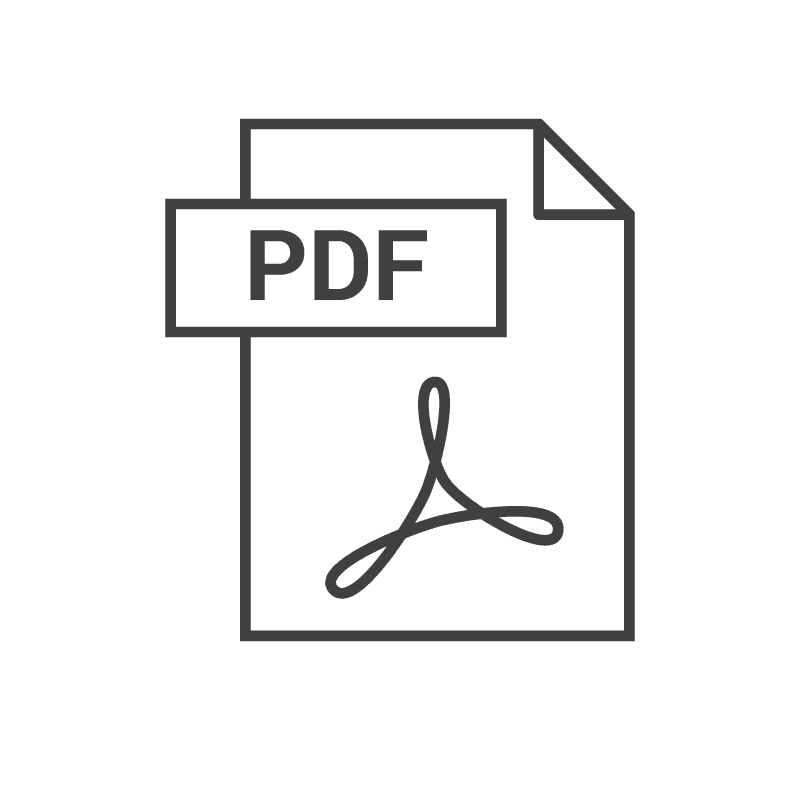AmplifyRP® XRT for CABYV (Cucurbit aphid-borne yellows virus)
AmplifyRP® XRT for CABYV is a rapid RNA amplification and detection platform designed for testing cucurbits and other hosts for Cucurbit aphid-borne yellows virus. This kit includes lyophilized reaction pellets containing the necessary reagents to amplify CABYV RNA at a single operating temperature (42 °C).
AmplifyRP® XRT is a real-time isothermal nucleic acid amplification and detection system that rapidly amplifies small portions of DNA or RNA and offers unrivaled detection capabilities in an easy-to-use testing format. It offers comparable sensitivity and specificity to published PCR methods while eliminating laborious and costly nucleic acid extractions.
The test can be performed virtually anywhere using the battery operated AmpliFire® fluorometer. Assay parameters are loaded via barcode and results are automatically displayed as ( + ) or ( - ). NOTE: This assay requires a fluorometer to work properly.
Prior molecular diagnostic experience is not required to perform AmplifyRP® XRT tests. Total assay time is less than 30 minutes when used with the AmpliFire® as a real-time assay.
Click here for other product documents such as the User Guide or printable barcode.
Included:
- XRT reaction pellets for CABYV
- Pre-filled 100 µL PD1 Pellet diluent tubes
- GEB5-filled mesh extraction bags
- User Guide
Required but Not Included:
- 5 µL Pipette
- 25 µL Pipette
- 5 and 25 µL Barrier Pipette Tips
- AmpliFire® or equivalent fluorometer
Optional:
For a full list of included items, including sizes, please see the Content List.
Validation Report Summary
Test Format: AmplifyRP® XRT | Full Validation Report |
| Analytical Sensitivity | |
|---|---|
| Analytical Sensitivity: | The assay is 85% sensitive between 1 fg/µL and 100 ag/µL. (n=20) |
| Limit of detection: | The assay has a 100% detection rate at 1 fg/µL with RNA transcripts. (n=10) |
| The assay has a 70% detection rate at 100 ag/µL with RNA transcripts. (n=10) | |
| Isolate Names / Geographic Strain Locations | |
|---|---|
| CABYV (EU000535) (China) | CABYV (EU636992) (China) |
| CABYV PV-1017 (France) | CABYV-1.1M/M (Spain)1 |
| CABYV-10PN (Papua New Guinea) | CABYV-59.1M/A (Spain) |
| CABYV-C-TW20 (Taiwan)1 | CABYV-CY3 (South Korea)1 |
| CABYV-CY4 (South Korea)1 | CABYV-CY6 (South Korea)1 |
| CABYV-CZ (China) | CABYV-EM160093 (France)1 |
| CABYV-FJ (China) | CABYV-GM16 (South Korea)1 |
| CABYV-GM7 (South Korea)1 | CABYV-GS1 (South Korea)1 |
| CABYV-GS2 (South Korea)1 | CABYV-GS6 (South Korea)1 |
| CABYV-Hainan (China) | CABYV-HD1 (South Korea)1 |
| CABYV-HD118 (South Korea)1 | CABYV-HS1 (South Korea)1 |
| CABYV-HS2 (South Korea)1 | CABYV-JAN (Japan)1 |
| CABYV-LP63 (Spain) | CABYV-N1 |
| CABYV-NW1 (South Korea)1 | CABYV-NW18 (South Korea)1 |
| CABYV-NW2 (South Korea)1 | CABYV-NW2(14) (South Korea)1 |
| CABYV-NW5 (South Korea)1 | CABYV-PF-564 (Brazil) |
| CABYV-PF-799 (Brazil) | CABYV-PF-M2BA (Brazil)1 |
| CABYV-POL-SQ (India) | CABYV-R-TW82 (Taiwan) |
| CABYV-Sq/2003/7.2 (Spain)1 | CABYV-Sq/2004/1.9 (Spain) |
| CABYV-Sq/2005/9.2 (Spain) | CABYV-SW1 (South Korea)1 |
| CABYV-SW1(14) (South Korea)1 | CABYV-SW2 (South Korea)1 |
| CABYV-SW25 (South Korea)1 | CABYV-SW64 (South Korea)1 |
1Based on in silico analysis
| Cross-reactions | |
|---|---|
| Polerovirus MABYV (Melon aphid-borne yellows virus) (MABYV)1 | |
1Non-amplification, hydridization cross-reaction only observed with samples higher than 3.8 x 108 target copies.
For a list of validated hosts, please see the Full Validation Report.
| Additional Documents | ||
|---|---|---|

|

|

|

|

|

|

|
||
